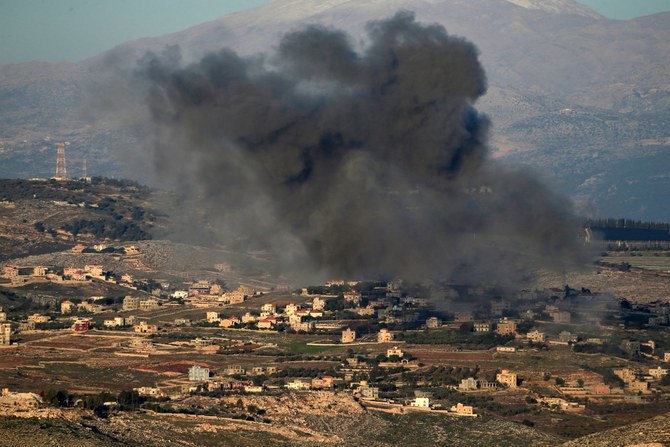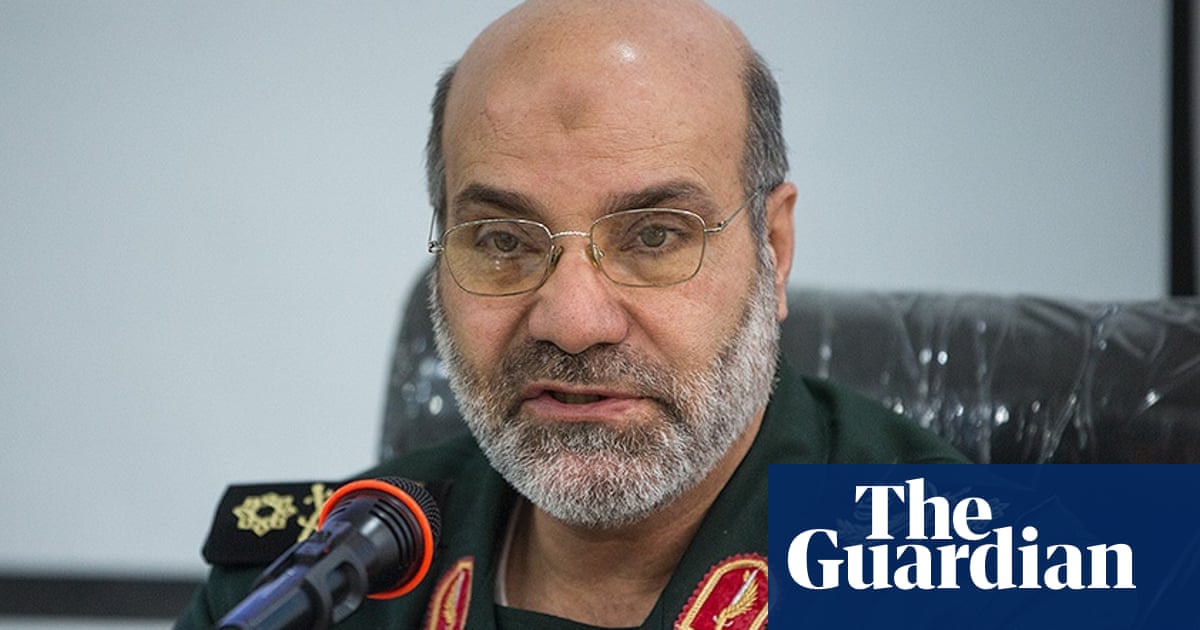
In Israel, they know that something new happened on the Syrian front. The developments may not lead to a dangerous escalation at this point, because Russia has moved to contain the situation, saying that it does not want further escalation.
According to sources in Tel Aviv, Tehran and Damascus share the sentiment to avert escalation.
Now all sides involved in the tensions will go about analyzing what happened, derive lessons and take strategic decisions later.
The first assessment is that after 34 years of calm and seven years of tolerating Israeli strikes and refraining from retaliating to them, an S-200 missile was fired at the jets, downing one and forcing another to an emergency landing.
We cannot say that this change was completely unexpected. In Israel, they had been debating the possibility of a change in the Syrian stance on repeated Israeli strikes. They predicted that the Syrian air defense would shoot at an Israeli jet, especially after the regime’s achievements on the ground against the opposition and with Russian and Iranian support. According to Israeli assessments, the regime has been boastful and arrogant as of late, all boosted by Iran and Russia.
All these factors made Israel suspect that the regime had something in store, so it threatened it. Israel had spoken several months ago about the danger of the Iranian project and the expansion of its “crescent” to include Iraq, Syria and Lebanon. This expansion has reached the Mediterranean, Yemen and the Red Sea.
Over the past weeks, we had heard direct threats against Iran and Israeli Prime Minister Benjamin Netayahu had traveled to Moscow to meet President Vladimir Putin to inform him of Iran’s dangerous expansion. The expansion is creating a new reality and transforming Syria into an arena for an Israel-Iranian clash.
This same stance was presented before several European leaders, as well as, undoubtedly, US President Donald Trump.
On the ground, Israel struck a Syrian position in September which is known for its Iranian activity. In December, it struck Shi’ite militia positions near Damascus, in what was a direct hit against Iranian presence in Syria.
Over the past two days, signs of a change in the Syrian response began to emerge. Israel first struck a research center near Damascus and the regime responded by firing several missiles against the jets. Damascus claimed to have downed an aircraft, while Israel declined to comment. It did however acknowledge that a plane was damaged. On Wednesday, Netanyahu and his ministers carried out a field visit to the Golan where they made direct threats to Iran and Syria.
The new change is that Iran has now become part of the scene and it retaliated to the recent developments by dispatching on Friday a drone to fly over Israel and wander some 40 kilometers deep into its airspace before Israel discovered and downed it.
The explanation in Israel is that Iran’s flying of the drone was a stunt that was not aimed at espionage, but to show the Israelis that they were capable of infiltrating its airspace in spite of their advanced defenses.
Israel understood the message and it apparently was prepared for it. It had compiled a list of targets to that end and it consequently retaliated by first downing the Iranian drone and then carrying out air strikes against 12 joint Syrian-Iranian targets.
Four Iranian positions are among these targets. The largest is the T-4 airbase in the Palmyra region. This strategic base is used by both the Iranians and Russians. Coordination with Moscow was therefore necessary to avoid striking Russian jets or batteries during the Israeli raid.
On the Iranian and Syrian side, the goal was to achieve a morale victory in the retaliation against Israel that would create an appropriate “balance of fear”, said the Tel Aviv sources.
In the end, the Israeli strikes were a success, but the Syrian air defense tarnished this victory when it downed one of Israel’s F-16 jets. It was not just any F-16, but one of the most modern ones in Israel.
The Israelis described its downing as a “painful blow”. Preliminary investigations focused on whether its pilots were reckless in their mission.
Most significant in these developments was that Iran responded directly to Israel. It achieved two goals: The first is successfully retaliating to Israeli raids and the second is that it is now in a direct confrontation with Israel.
It managed to deliver the message that future Israeli strikes will not be a cakewalk. It also sent a message to not only Israel, but to the United States and Russia that Iran will not be a “punching bag” like Syria and Gaza. They should not expect a strike to go without a response. The third message is directed to Damascus itself and that is that the Iranian request for the establishment of a naval base in Syria will benefit Iran and Syria. The regime has been hesitant to meet this demand and has not yet agreed to it.
Israeli military spokesman Ronen Manelis was severe in commenting on Friday’s developments, saying: “Iran is dragging the entire region towards an adventure, which it will pay for.”
This was interpreted as a sign that more strikes are in store.
This was also an invitation to Russia and the US to restrain Israel. Tel Aviv expects Moscow to intervene between it, Damascus and Tehran to put in place new rules of engagement. At the same time, it is trying to draw the attention of the American administration and see how it will comment on the escalation.
Will it follow the lead of the Obama administration and call on all sides for calm and restraint? Or will it take a more hardline stance in favor of Israel that will give it free reign to strike Iran and even become a partner in such as step?
In Israel, they believe that calm will be restored to this front after these mutual strikes and diplomacy will now take centerstage. There is also a conviction that the situation is headed towards the edge of the abyss and a slight nudge could send everything toppling over.












